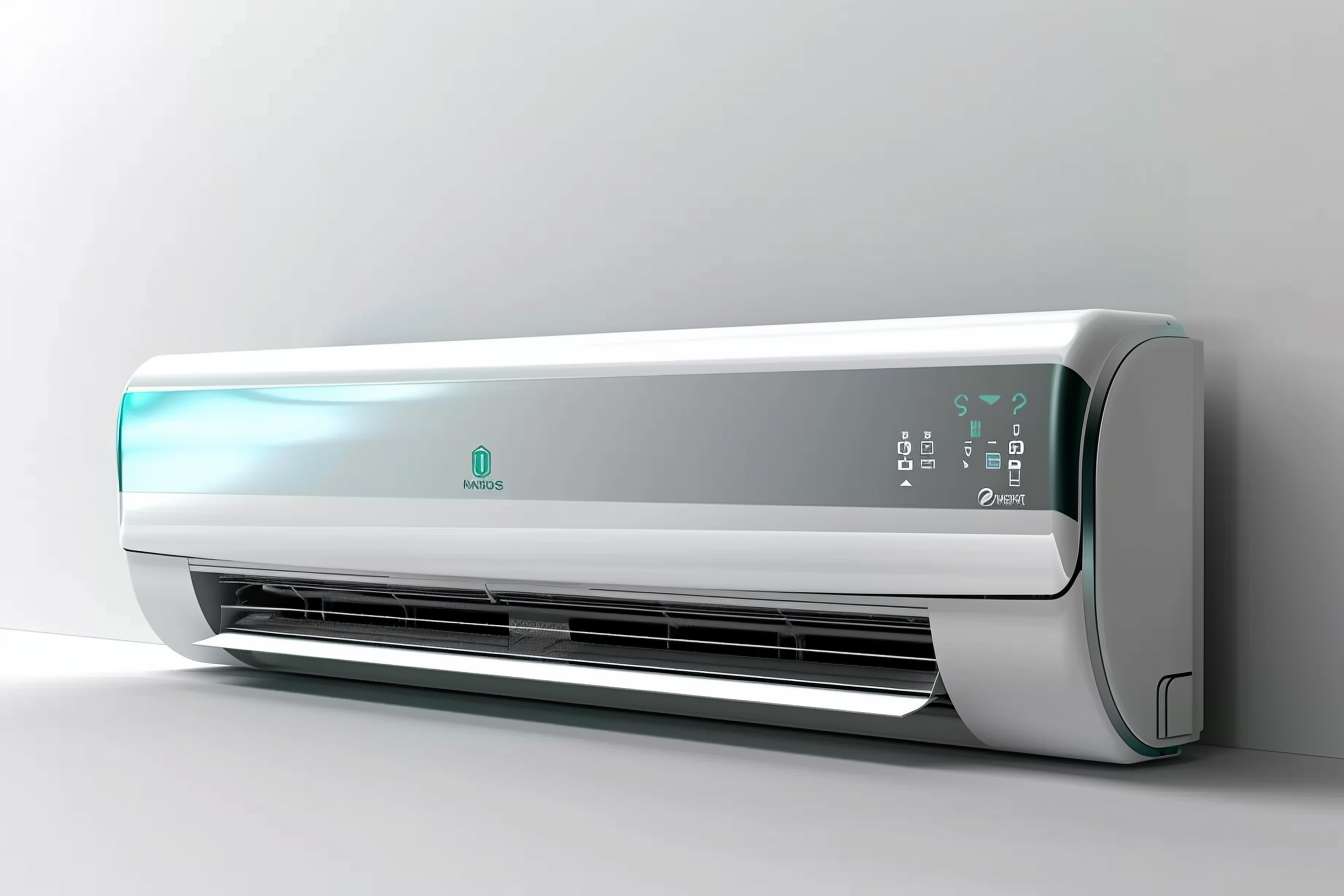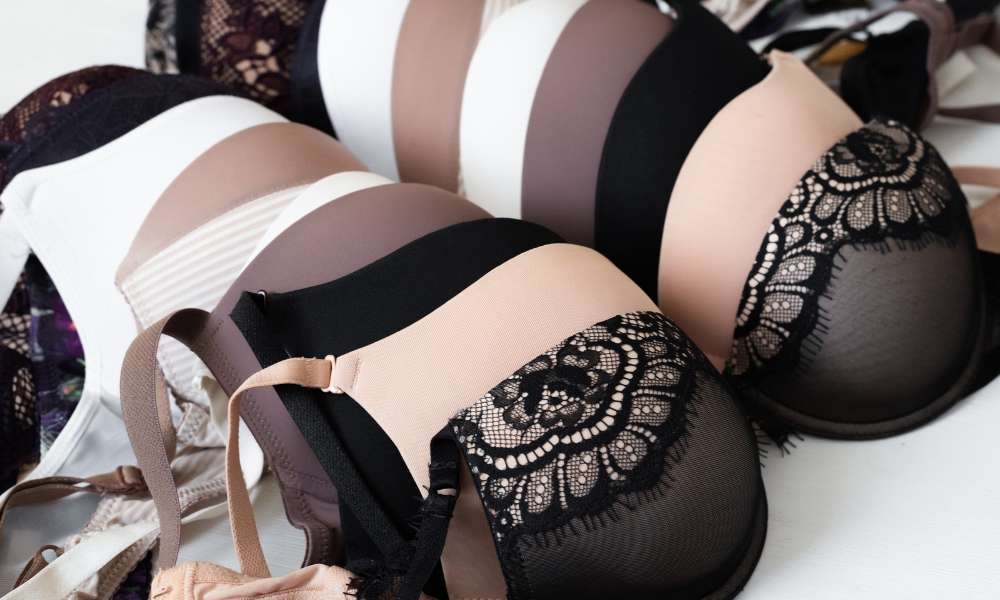Modern Cooling Trends: Alternatives to Traditional Ceiling Fans
Ceiling fans are giving way to sleek, modern cooling and air circulation trends. Discover the innovative, aesthetic alternatives that homeowners are choosing to cool their residential spaces efficiently while elevating interior design. See the cooling solutions everyone wants in 2025.

The traditional ceiling fan, with its spinning blades and hanging fixture, has been a household staple for generations. However, as home design trends shift toward minimalism and smart technology integration, many homeowners are exploring alternative cooling methods that offer both improved aesthetics and enhanced functionality. These modern cooling solutions not only provide effective air circulation but also serve as statement pieces that complement interior design schemes while potentially reducing energy consumption.
Sleek Cooling Alternatives for Modern Homes
The bladeless fan represents one of the most visually distinctive departures from traditional ceiling fans. These innovative devices use air multiplier technology to draw in air and amplify it through an aerodynamic aperture, creating a smooth, uninterrupted airflow without exposed blades. Brands like Dyson have pioneered this technology, offering tower and tabletop models that provide efficient cooling with a sculptural, conversation-starting design element. The sleek, often circular forms of these fans complement minimalist and contemporary interiors while eliminating the dust accumulation common with traditional blade designs.
Another emerging option is the ultra-thin ceiling fan, which maintains the overhead placement of traditional models but with dramatically streamlined profiles. These fans feature blades as thin as half an inch, creating a barely-there visual impact while still delivering effective air movement. Many incorporate LED lighting systems that further enhance their modern appeal, with some models appearing more like contemporary light fixtures than conventional fans.
Modern Air Circulation Systems Beyond Fans
Integrated climate systems represent a significant advancement in home cooling technology. These systems combine heating, cooling, and air purification functions in one comprehensive solution, often controlled through smart home interfaces. Mini-split ductless air conditioning units have gained popularity for their ability to provide zoned cooling without extensive ductwork, making them ideal for modern renovations and additions.
For those seeking truly invisible cooling solutions, radiant cooling systems installed within floors, walls, or ceilings circulate chilled water through panels or tubes to absorb heat from the room. Unlike forced-air systems that can create drafts and noise, radiant cooling works silently through radiation and convection principles, maintaining comfortable temperatures without visible equipment or airflow disturbance—perfect for minimalist design schemes where mechanical elements would detract from clean architectural lines.
Innovative Home Solutions Combining Form and Function
Hybrid cooling systems that integrate passive and active technologies represent another frontier in modern climate control. Smart ceiling fans equipped with temperature and humidity sensors can automatically adjust their speed based on room conditions, while some models integrate with whole-home automation systems to coordinate with HVAC operation for optimized energy efficiency.
Architectural cooling solutions incorporate design elements that naturally enhance air circulation. Vaulted ceilings with strategically placed clerestory windows create convection currents that draw warm air upward and out. Similarly, solar chimneys—vertical shafts that use solar energy to create updrafts—can passively ventilate spaces without mechanical assistance. These innovative approaches work with a building’s design rather than adding visible mechanical equipment, preserving clean aesthetic lines while maintaining comfort.
Aesthetic Interior Trends in Cooling Technology
The integration of cooling functionality into decorative elements represents a significant trend in interior design. Sculptural wall-mounted fans that double as art pieces are becoming increasingly popular, with some resembling abstract wall sculptures until activated. These statement pieces often feature unusual materials like wood or brushed metals that complement luxury interior schemes.
Pendant cooling fixtures combine lighting and air movement in suspended designs that serve as focal points in a room. These innovative fixtures blur the line between functional equipment and decorative elements, with some high-end models offering customizable finishes and materials to match specific interior design schemes. The ability to coordinate cooling elements with overall design aesthetics allows homeowners to maintain visual cohesion throughout their spaces without sacrificing comfort.
Energy-Efficient Cooling Alternatives
Modern cooling alternatives typically offer significant energy advantages over traditional air conditioning systems. Evaporative coolers (sometimes called swamp coolers) use the natural cooling effect of water evaporation to reduce air temperature with up to 75% less electricity than conventional air conditioning. These systems work particularly well in dry climates, providing effective cooling with minimal energy input.
Smart ventilation systems that automatically respond to indoor and outdoor conditions represent another energy-efficient alternative. These systems use networks of sensors to monitor temperature, humidity, and air quality, activating fans and vents only when needed to maintain optimal conditions. By operating precisely when required rather than continuously, these systems can significantly reduce energy consumption while maintaining comfort levels.
Comparative Overview of Modern Cooling Solutions
When evaluating alternatives to traditional ceiling fans, several factors including initial cost, energy efficiency, and aesthetic impact should be considered.
| Cooling Solution | Average Cost Range | Energy Efficiency | Visual Impact | Best For |
|---|---|---|---|---|
| Bladeless Fans | $300-$650 | Moderate (40-60W) | Minimal, sculptural | Modern apartments, design-focused spaces |
| Ultra-thin Ceiling Fans | $250-$800 | Good (25-80W) | Very low profile | Low ceilings, minimalist interiors |
| Mini-split Systems | $1,500-$5,000 installed | Very good | Wall-mounted units | Zoned cooling, renovations |
| Smart Ceiling Fans | $300-$700 | Excellent when optimized | Moderate | Tech-forward homes, energy conscious consumers |
| Radiant Cooling | $6,000-$20,000 installed | Excellent | None (invisible) | Luxury homes, architectural projects |
| Evaporative Coolers | $150-$1,500 | Very good in dry climates | Moderate to significant | Dry climate regions, outdoor spaces |
Prices, rates, or cost estimates mentioned in this article are based on the latest available information but may change over time. Independent research is advised before making financial decisions.
The transition away from traditional ceiling fans reflects broader shifts in home design philosophy, where technology increasingly blends seamlessly with architecture rather than standing apart as visible mechanical systems. As cooling alternatives continue to evolve, homeowners can expect even greater integration between comfort systems and interior aesthetics, with solutions that respond intelligently to environmental conditions while complementing design visions.
Whether choosing bladeless technology, integrated climate systems, or architectural cooling solutions, today’s alternatives to traditional ceiling fans offer unprecedented opportunities to maintain comfortable living environments without compromising on style or energy efficiency. The modern home can now be both cooler and more visually cohesive, with cooling systems that contribute to—rather than detract from—carefully curated interior spaces.




